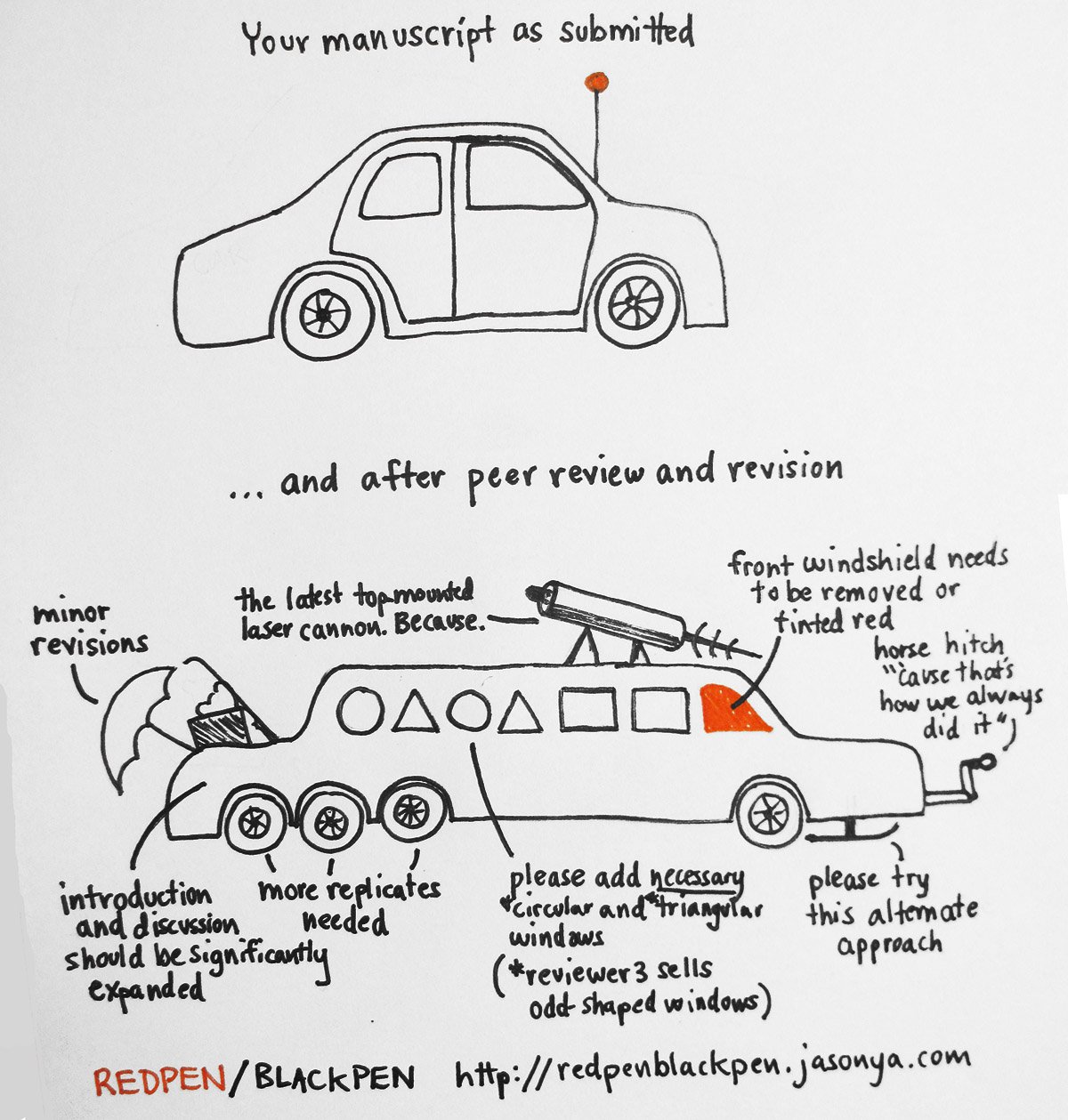Today’s announcement of a Nobel Prize for Richard Thaler is richly deserved and I congratulate the Nobel committee for recognising the importance of the growing influence of behavioural economics that Richard helped to create. This is a significant ‘nudge’ towards recognising the importance of beliefs as fundamental, an idea that I use in my own work in a macroeconomic context. In July, I co-organized a conference at the Bank of England on the connection between behavioural economics and macroeconomics so I am pleased that the connection of psychology to economics will be more widely perceived as significant with the award of this year’s Nobel Prize.
Richard Thaler’s work is widely cited as recognising that human beings are not rational and in a very narrow sense, that is true. On hearing that he had won the Nobel prize, Richard is quoted as saying the most important impact of his work is the recognitions that “economic agents are humans” and “money decisions are not made strictly rationally”.
Rationality means many things to many people and there are both broad and narrow definitions of what exactly it means. Under the broad definition, one that I have always liked, it is an organising principle that categorises human action. Rationality means that we always choose our preferred action. What is our preferred action? It is the one we choose. This idea is captured in Samuelson’s discussion of revealed preference in Foundations of Economic Analysis. Although rationality by this definition is a tautology, it is a useful tautology that plays the same role in economics as the Newtonian concept of “action at a distance”.
There is another, much narrower definition of rationality, that is formalized in a set of axioms that was introduced by John Von Neumann and Oscar Morgenstern in their magisterial tome, the Theory of Games and Economic Behavior”. Those axioms make a great deal of sense when applied to choice over monetary outcomes. They make much less sense when applied to complex decisions that involve sequential choices and payoffs of different commodities at different point in time. It is this second definition of rationality that has shown to be violated in experimental situations and that is the take-off point for Thaler’s work on how best to present choices to people that help them make ‘good’ decisions.
If you want to know more about Richard’s work, I highly recommend the book Nudge, where you will learn about them in Richard’s own words along with that of his co-author Cass Sunstein. That work has already found its way into public policy decisions and, in the U.K., led to the creation of the ‘Nudge’ unit, an arm of the U.K. government that uses Thaler’s work to influence public decisions.







